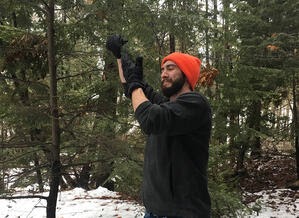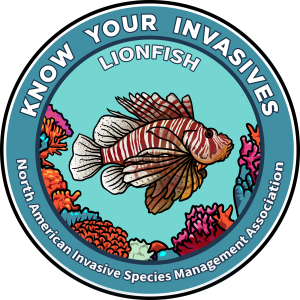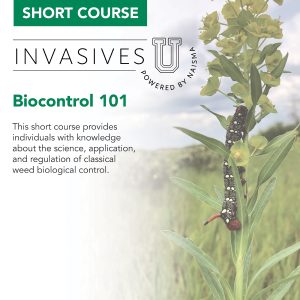This article was originally posted on PlayCleanGo.
More and more people who enjoy the outdoors are helping to reduce the spread of invasive species such as spotted knapweed, Eurasian water-milfoil, and Asian longhorn beetle. They’ve been using boot brushes and boat washing stations, buying firewood where they burn it, and taking other action steps recommended by PlayCleanGo.
But in northwest lower Michigan, a new pest is providing new challenges: the hemlock woolly adelgid. Because of the ways it eats, lives, and travels, some additional steps are needed for recreationists to help stop its spread.
What is the Hemlock Woolly Adelgid?
The hemlock woolly adelgid is a tiny insect that feeds on the needles of eastern hemlock trees. It’s already caused major damage in the Appalachians, and it’s begun to move into Michigan. However, it doesn’t fit into our typical prevention conversation — it doesn’t move on firewood and you’re unlikely to find it on your boots at the bootbrush station. Instead, it lives on live branches and moves as nearly-invisible “crawlers” on birds, RVs, and even the shoulders of hikers when they brush up against the needles.
The Northwest Michigan Invasive Species Network (ISN), with guidance and funding from The Nature Conservancy in Michigan and the Michigan Department of Natural Resources and in cooperation with other Michigan CISMAs, is deep in the process of surveying for this damaging insect to help make good state-wide management decisions. In the meantime, the public is hearing more and more about hemlock woolly adelgid, and they want answers!
The hemlock woolly adelgid moves as nearly-invisible “crawlers” on birds, RVs, and even the shoulders of hikers when they brush up against the needles.
Katie Grzesiak Tweet
How to Help Stop the Hemlock Woolly Adelgid Spread
Landowners, gardeners, and recreationalists can make a difference in preventing the spread of the hemlock woolly adelgid by taking these steps:
-
Trim up eastern hemlock trees to avoid brushing against vehicles, RVs and campers
-
Carefully dispose of green hemlock boughs
-
Use the heat from a clothes dryer to decontaminate clothing after hiking through a know infestation site
These steps complement PlayCleanGo’s recommendations for reducing the spread of invasive species. The hemlock woolly adelgid may be different from other pests, but we can all make a difference in preventing its spread.

Katie Grzesiak
Katie Grzesiak is the Coordinator of the Northwest Michigan Invasive Species Network (ISN). In concert with her work at ISN, Grzesiak currently helps wider invasive species efforts shine through serving on the Michigan Invasive Species Coalition Core Team and the tri-national steering committee for the PlayCleanGo® campaign.




